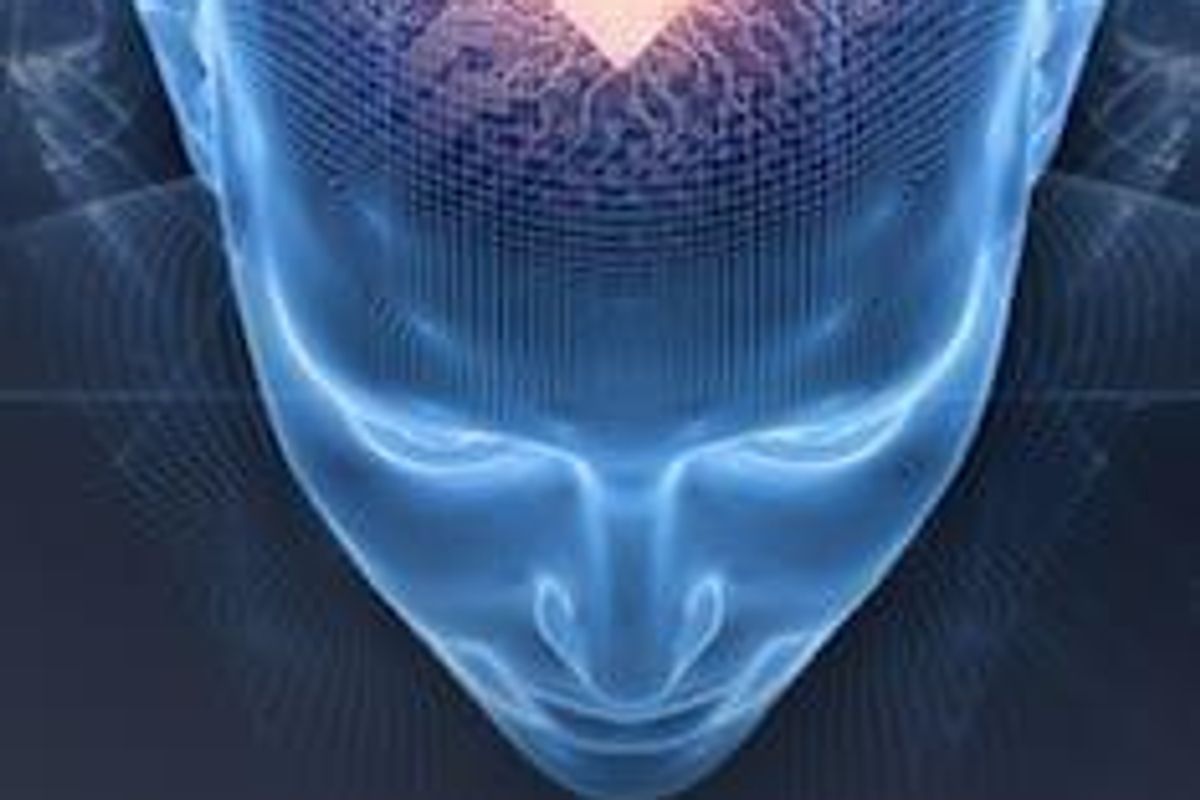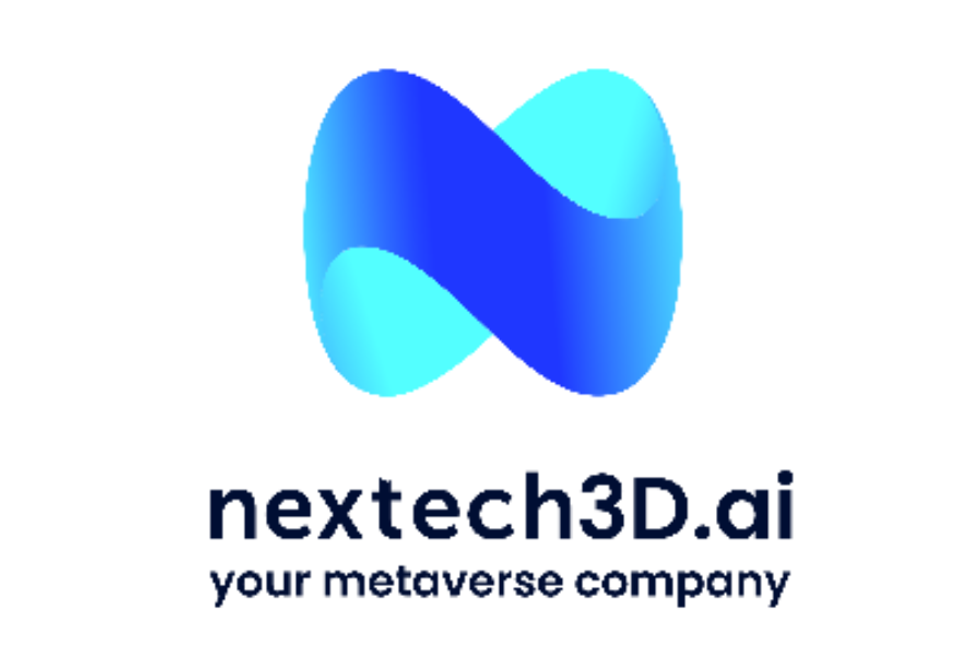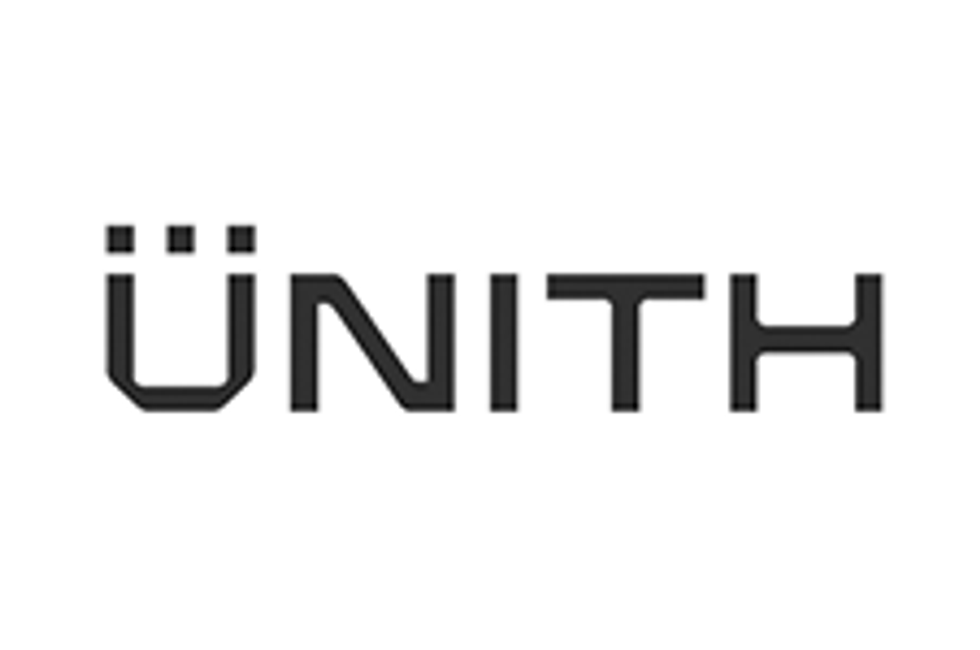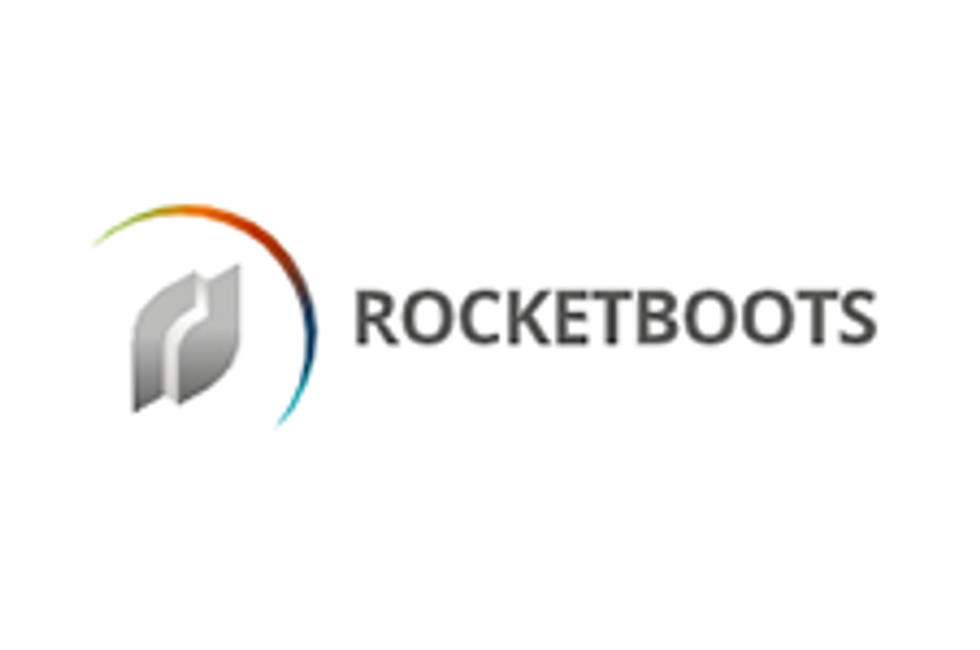BrainChip Holdings: Pure-Play Artificial Intelligence

ASX-listed BrainChip Holdings is set to take advantage of the growing artificial intelligence marke via their Spiking Neuron Adaptive Processor (SNAP) that essentially mimics the human brain.
The artificial intelligence market is expected to grow to USD $16.06 Billion by 2022. The McKinsey Global Institute says, “Recent advances in machine learning can be used to solve a tremendous variety of problems—and deep learning is pushing the boundaries even further.”
One such company set to take advantage of this emerging market is ASX-listed BrainChip Holdings (ASX:BRN) which is headquartered in Aliso Viejo, California. They have developed a Spiking Neuron Adaptive Processor (SNAP) that essentially mimics the human brain: autonomous and unsupervised learning, evolves and associates information.
According to CEO Louis DiNardo, SNAP has many applications, which includes surveillance, casino operations, and even investing. He also explains that BrainChip stands out in the artificial intelligence field, and said, “I think what’s important is there are very few opportunities for investors to take a pure play AI position in a public equity.”
Although the company is only listed on the ASX, BrainChip has confirmed that it is considering relisting on another market. It has appointed Pillsbury Winthrop Shaw Pittman in the US and Allen & Overy in Australia to advise it on a re-listing in the United States, according to The West Australian. The article further states that, “while it had sought the advice of outside counsel, there was no certainty around such an arrangement going ahead.”
Continue reading below for the full transcript of our conversation with DiNardo. It has been edited for clarity and brevity.
Investing News Network: Could you tell us more BrainChip’s SNAP technology?
Louis DiNardo: Certainly, the momentum that’s happening in artificial intelligence and machine learning — two very, broad categories — really begs for a technology that can process information quickly and efficiently. This could be real world data that is visual, audio, or data streams for the analysis of financial transactions. These applications require real-time analytics. In artificial intelligence and data analytics we benefit from using a neural network, rather than a standard Central Processing Unit (CPU) or Graphics Processing Unit (GPU). These traditional architectures process data in a serial fashion. We take a different approach and focus on how the brain works. The human brain has enormous computing capacity and incredible speed to work on these problems. In our case, the spiking neural network allows us to be highly efficient in computing and very fast. Our technology can make decisions with a very, very, small sample set at rapid speed. With one or two images, we can do pattern recognition, facial recognition, and a wide range of analytics. A spiking neural network can recognize repeating patterns and data streams to provide the highly probable outcome in real-time.
INN: Who are your potential end-users?
LD: It is a broad spectrum of potential end-users; it’s a little bit more of not what to do, but which to do. I believe that our first targets and our successes have been in what we call Civil and Commercial Surveillance. In facial recognition, we’ve been trialed and engaged with a major European law enforcement agency, and with airport security we are used for perimeter intrusion. The target applications are in facial recognition, and pedestrian recognition on the street and in subways and airports. We are in the gaming industry, where we are doing recognition of gaming applications in casinos – whether it’s baccarat or blackjack, we can recognize in real-time what cards have been dealt, who wins, and who loses. Those are pretty widely known early successes for BrainChip.
We had a couple of press releases recently announcing two casinos in the US which are already using our application for what we called “Game Outcome”. This analyzes who won, who lost, and whether the bet got paid off properly or not. These are important aspects of casino operations.
I think that our real strength at this juncture is in pattern recognition.
We have developed solutions to identify people who are demonstrating behavior which is unusual. We have other solutions for identifying bags and luggage that have been left behind, as well as a solution that identifies vehicles. These are all critical for homeland security and civil surveillance.
INN: Interesting. Your website also listed a couple of other applications for your technology, including the stock market forecasting. So, just for clarification, is this any different from quant strategies or quants?
LDN: For us, this is a bit over the horizon. It’s not an application that we’ve addressed but the spiking neural network allows us to look at repeating patterns, and very quickly highlight or set alerts. While today our primary focus is on Civil and Commercial Surveillance and the Gaming industry, as we move forward the idea is that we could take the same technology and apply it to financial transactions or stock market analysis. We could also apply it to cybersecurity, because we can see patterns of repeating data. When someone launches a denial-of-service attack, those are all applications for which the technology is well suited. But our primary focus in our commercial trials or installations is currently on visual applications where we’re watching people and pattern recognition.
INN: Very interesting. Why should investors consider BrainChip, or why should people watch out for what you’re going to be up to next?
LDN: I think there are several components to that. One, artificial intelligence has been in the making for decades. The computing power of parallel processing through a neuron network applies specifically to artificial intelligence. It’s become clear that there are many advantages to our technology. Maybe I should back up. There are many different approaches to artificial intelligence. There’s deep learning, where there are millions of samples and large data sets; Google has demonstrated their competency in Google Translate with deep learning. There are many, many, many, layers of a neural network that have been implemented to solve the challenges of translating from one language to another. In our case, it’s autonomous learning, where with very small sample sets — it could be one image compared to many images — we can identify either a face or a pattern.
But from the investor standpoint, I think what’s important is there are very few opportunities for investors to take a pure play AI position in a public equity. If you want to invest in Microsoft, Google, IBM, or any of the large companies from an artificial intelligence position, you are buying into their whole story; you’re buying into the whole suite of what they do. In our case, we are one of the few companies that are leveraging a spiking neural network in artificial intelligence and machine learning. Additionally, we’re one of the few places where an investor can put capital in a public company exclusively focused on this market.
INN: Are there any other companies in the technology space you’re watching?
LDN: There are a lot of companies in the space. Reporting from 2016 shows that there were over 100 acquisitions in the AI space. What we do, I think, is relatively unique, in that we take our advanced algorithms for neural networking and apply them to artificial intelligence, and we will apply them in a hardware accelerated solution. A customer can run our algorithms on a server and standard Windows environment but our intention in the near future is that we take those algorithms and the plugins for specific applications and we run them on a hardware accelerated solution. It could be a field-programmable gate array (FPGA) and eventually it could be in application-specific integrated circuit (ASIC) solution but the landscape is such that implementing a spiking neural network in hardware is very unique.
Don’t forget to follow us @INN_Technology for real-time news updates!
Securities Disclosure: I, Pia Rivera, hold no direct investment interest in any company mentioned in this article.





